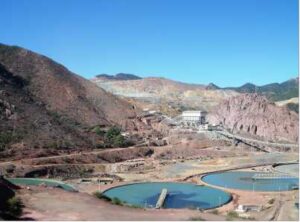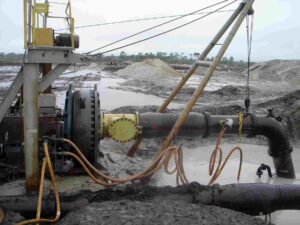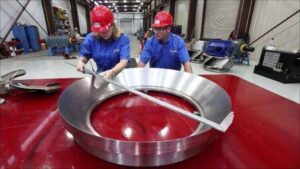How to Improve Cost-Per-Ton
Most world-class mines operate with a continuous beneficiation process where the line is never stopped. Starting at the face of the mine to the end where the final product is refined. The alternative is a batch system whereby the media is processed in steps and staged at various points in the process.
Engineered properly, the continuous process is the most efficient, controllable, and cost-effective. These engineering companies make assumptions using ideal media characteristics and process throughput, equipment operating values, and wear life when designing the process.
Reality:
- When the ore-body changes the process can be upset
- When the bean-counters want more productivity can alter the balanced processed line
- When certain mechanical, hydraulic or transport equipment fails to meet the designed MTBF* specs, this can slow down and can often shut down the line

Engineering companies often create redundant process lines at critical points to allow for planned maintenance without impacting the output. Shutting down a line for just an hour in large mines can cost several hundred thousand dollars per hour and a lot of inconvenience and cost for maintenance staff.
Preventing Abrasion and Corrosion
Daily, mining operators are tasked with meeting production requirements for their specific process areas within the mine site. It could be front-end crushing, sizing, classification, or tailings. No matter what the process, transporting abrasive solids creates wear on chutes, screens, piping, pumps, cyclones, flotation, valves, and tail lines. Abrasion and corrosion are the way of life in the mine.
While it would be great if one wear material could meet all the demands of the mining process, this is not possible for a variety of reasons. Particle size, aggressive chemistry, temperatures, tortuous piping runs with extreme flow rates are just a few of the variables affecting wear.
Typical wear materials may include steel, carbide overlay, high chrome alloys, stainless steel, rubber lining, and urethane, each has a traditional use in the mine.
It all comes down to labor costs and downtime for the plant of process segment, often materials cost is not a major factor. So ideally, the longer a process can run without downtime the better the plant efficiency and the lower the cost per ton for the operator. Up-time can be optimized by choosing the correct materials for the “pinch-points” in the process.
Wear Solutions
At Townley, we take a unique position when supplying equipment for the transport of solid as a slurry, also known as hydro-transport. We supply critical process equipment like slurry pumps, piping, valves, and classification cells with predictive maintenance and material selections to be adaptable to the changing mining process experienced by our customers.
The Townley technical team can review your most challenging wear points and make recommendations, all geared to extend the wear life of your solids handling equipment.

Just a few unique features Townley may provide to improve your wear-life and predictability:
- A variety of alloys for slurry pumps
- Towniprene urethane choices for tailing or fine-feed pumps
- Wear-back alloy added to high-wear locations on pump shells
- Piping and fitting choices in alloy, rubber, or urethane depending upon the process area
- Wear indicator wires in critical hoses to alert for rotation or replacement timing
To best serve the customer and to make sure our products are being used in the correct applications, we must gather a little bit of information first.
Typical questions from the team to help offer the best wear material might be:
- Customer expectations
- Type application
- OEM of equipment
- Solid’s content
- D90 particle distribution
- Process temperatures
- Dimensions
- pH
- Chemical composition
*MTBF – Mean time between failure
